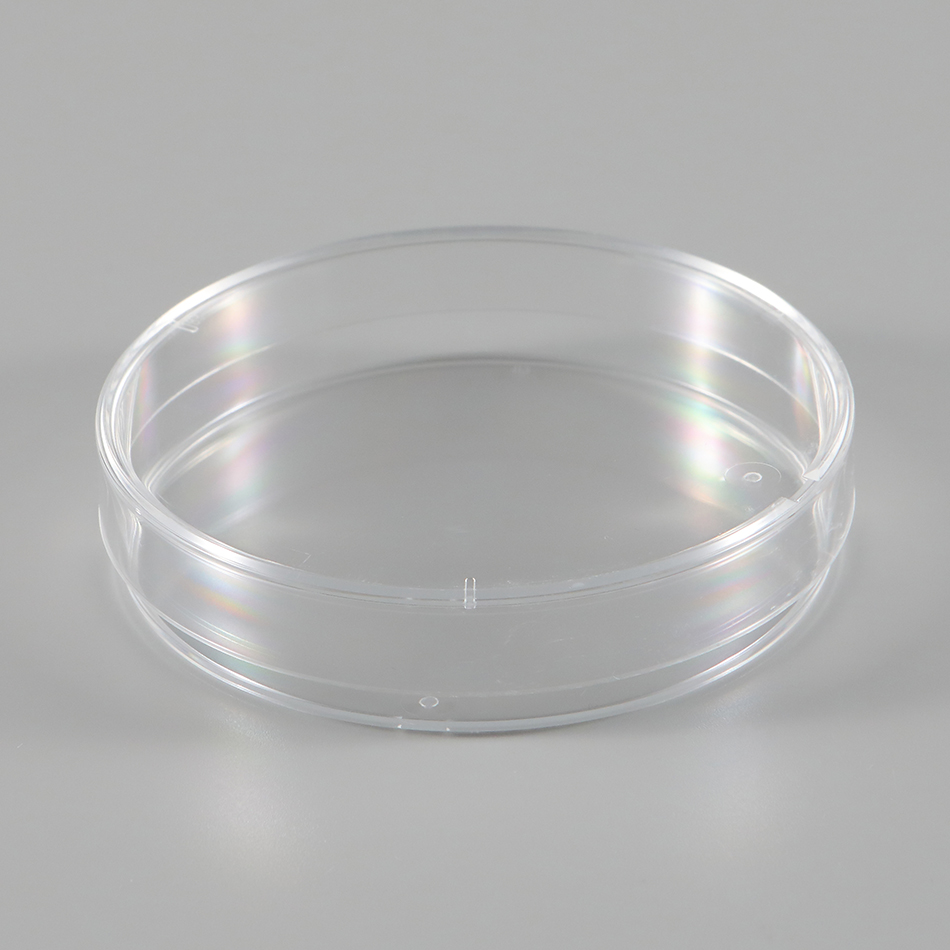Every year from June to September is the high temperature season of our district, and it is a period of high growth of tilapia. In the case of high-density farming, how to make good use of this period of high temperature to promote tilapia as soon as possible to market specifications, should pay attention to the following several aspects: First, raise the water level and increase the volume of aquaculture water. After entering June, due to the gradual increase of water temperature, the evaporation of water surface is large and the water level is reduced. In addition, the tilapia culture has small specifications at the early stage, the pond fish load is not high, and in the high temperature period, tilapia really enters the fast growing period. Pond fish load increased. Therefore, during this period of time, the water level should be raised and the volume of aquaculture water should be increased. The water level of the pond should be maintained at 2m-3m, and new water should be added at any time to prevent the growth of tilapia due to a drop in water resistance and delay the time to market. Second, reduce the water quality, improve the dissolved oxygen in the water. Tilapia fish fed natural food organisms at the seedling stage require more water quality and use a combination of fertilization and feeding. Once entering the hot season, it is necessary to reduce fertilization, especially in high density ponds. Due to the high water temperature and large water body fat, the dissolved oxygen in the water will decrease, which will cause water quality deterioration. Therefore, in the high-temperature period must control the amount of fertilizer, keep the water fresh, the transparency of the water control in about 25cm-30cm, keep the pond water quality live, tender, water can be filled with fresh water, to flush freshwater fertilizer, or use quicklime Adjust water quality and increase dissolved oxygen content in water. Third, the use of physical and chemical measures, the rational use of aerator. As water temperature rises, organic oxygen consumption increases, and high density of cultivation results in decreased dissolved oxygen. In addition to the use of new water to adjust the water quality, aerators must also be reasonably used to increase the dissolved oxygen content in the water. In the hot season, insist on starting the aerator for 1 hour to 2 hours in the sunny afternoon, stir the water body, so that the dissolved oxygen in the upper and lower layers of the water can reach saturation, and the time for nocturnal anoxic flotation can be delayed; for high density ponds, it is generally started at night. Oxygen generators, especially in the case of rainy days or sudden changes in the weather, should pay more attention to the boot and prevent flooding. Fourth, strengthen management, timely prevention and treatment of fish diseases. During the hot season, tilapia grows most vigorously, and it is also a season of fish disease. In addition to the need to strengthen the patrol pond to observe the water quality and the growth of the fish body, we must also pay attention to the prevention of fish diseases. Generally, 15kg/mu -20kg/mu of quicklime are used to carry out the Quanchiposa every 15 days to 20 days to regulate the water quality and kill bacteria; the chlorine dioxide is used to sterilize the aquaculture water body and feed table every month. Secondly, the concentration is 0.25ppm-0.3ppm, and Chinese herbal medicine is regularly added to the feed to prevent fish diseases. For pellet feed or extruded pellet feed, the protein content is required to be about 28%-30%, feeding 2 times a day, each feeding time should be controlled at about 40 minutes to 60 minutes, and the feeding should be uniform so that Most of the fish can eat feed, feeding 3%-3.5% of the total weight of the fish, and according to the growth of the fish, feeding adjustments at any time to ensure the normal growth of tilapia and improve feed utilization. In the hot season, due to the changeable weather, more attention should be paid to the weather forecast. For example, if the air pressure is low and thunderstorms occur, feeding or non-feeding should be reduced to avoid wasting feed and contaminating the water and affecting the growth of tilapia. Fifth, timely out of ponds to reduce the amount of ponds. As the growth of tilapia is limited by the temperature of the water, during the cultivation period (especially during the high temperature period), some tilapia that are listed on the market will be exported to reduce the density of the ponds so that small-scale fish species can grow as quickly as possible. , can increase the economic efficiency of the entire breeding. During the high temperature period, tilapia should be selected for fishing on a sunny day, and feeds should be stopped and fresh water should be added to the pond. It is better to carry out a pull-net exercise before going out of the pond, which can reduce the difficulty of adult fish transportation.
A petri dish is a laboratory vessel used for microbial or cell culture, consisting of a flat disc-shaped bottom and a lid, generally made of glass or plastic. The materials of petri dishes are basically divided into two categories, mainly plastic and glass. Glass can be used for plant materials, microbial culture and adherent culture of animal cells. The plastic ones may be polyethylene materials, which are disposable and multiple-use, suitable for laboratory inoculation, streaking, and bacterial isolation operations, and can be used for the cultivation of plant materials.
Petri Dish,Bacteria Dish,Petri Dish For Growing Bacteria,Laboratory Plastic Petri Dish Jiangsu HXRT MD Co.,Ltd , https://www.jshxrtmed.com